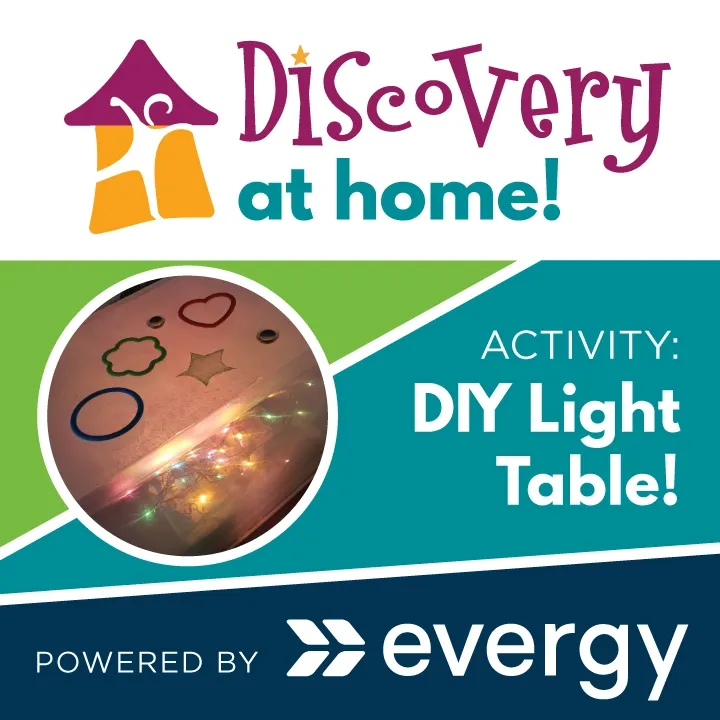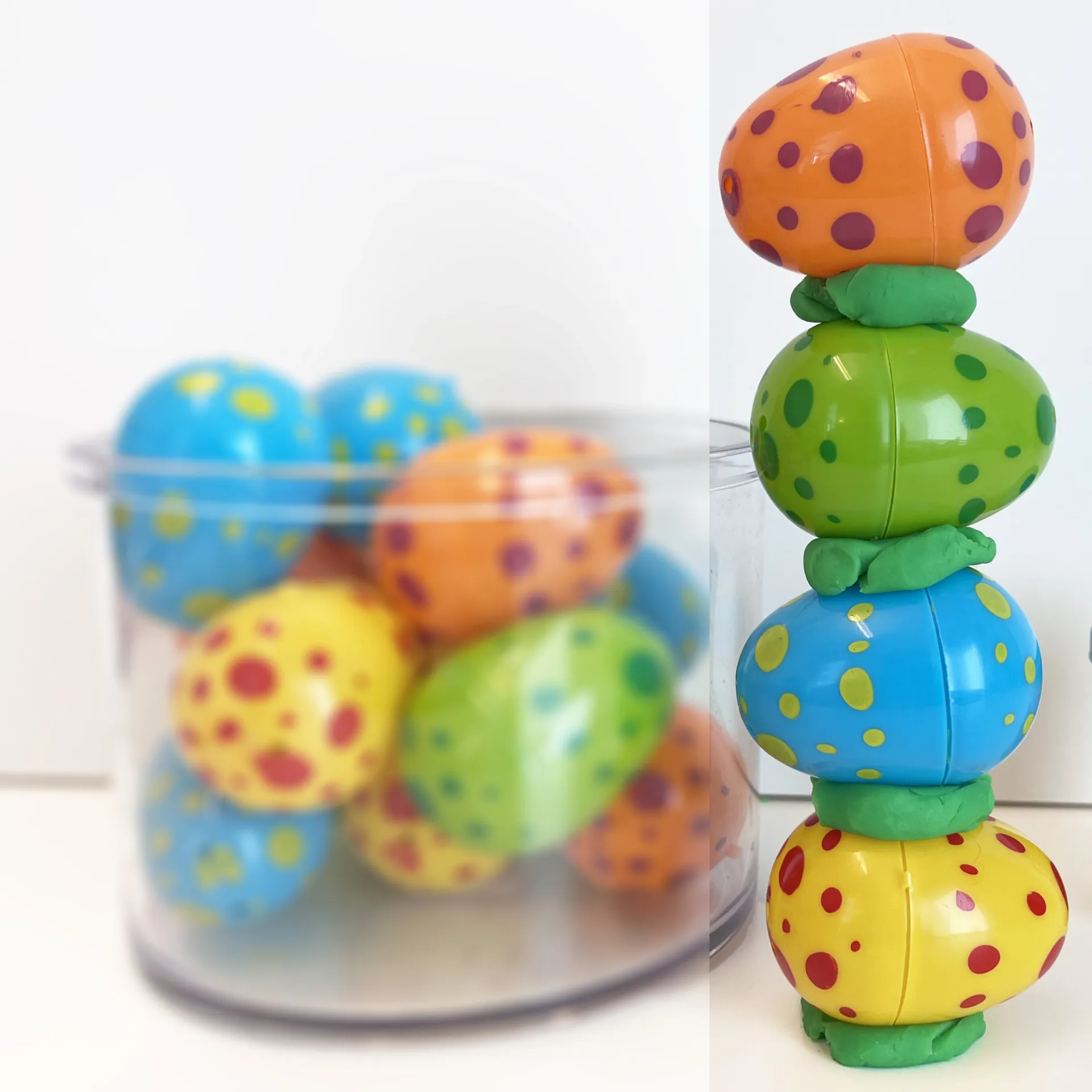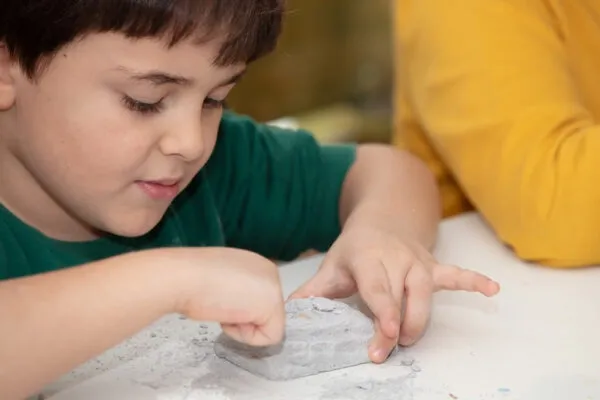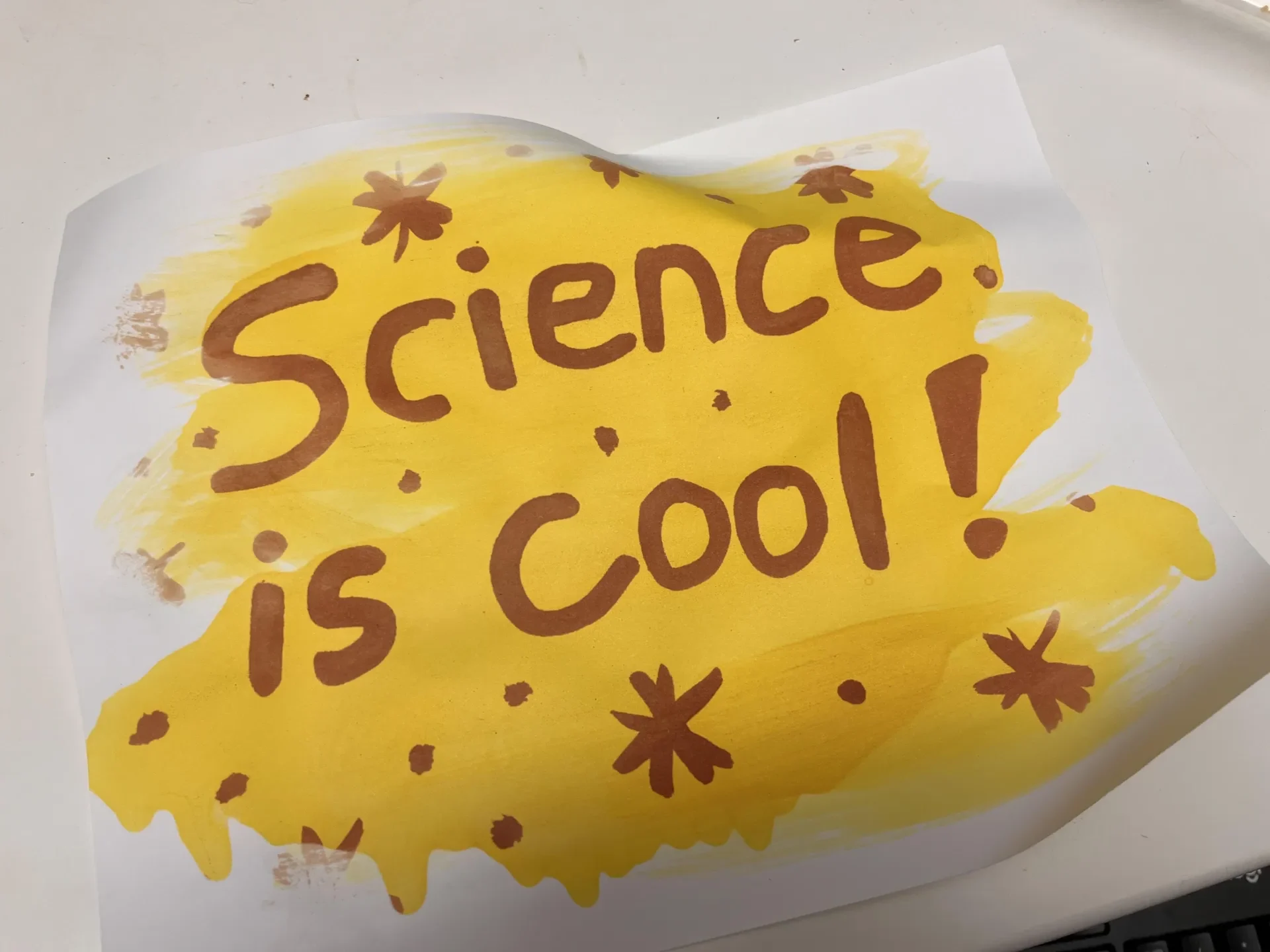It’s a bright idea!
Build a DIY light table with Caitlin Luttjohann, Director of STEAM Education at the Kansas Children’s Discovery Center. What do kids learn when they play with a light table? Experimentation! When kids experiment, they’re learning how to learn. This activity is powered by our friends at Evergy.

What you need:
- Clear plastic tub.
- Blanket.
- Clothespins or other clamps.
- Flashlight or string of lights.
- Smaller box, tub or something to raise the lights giving them height.
- Wax paper or tissue paper.
- Cookie cutters, see through toys, etc.
Directions:
- Place the plastic tub upside down.
- Wrap the blanket around the edges of the tub and secure it with the clothespins/clamps so that light would only escape through the top of the tub.
- Gather the lights together, put them under the tub so the light structure is trapped inside the tub, but light shines through the base of the top which is the top of the light table.
- Gather cookie cutters and toys to play with the light table and determine which materials are transparent, translucent, and opaque!
Ways to expand it:
- Use mirrors to move the light in different directions.
- Find materials of different colors that you can see through. Color wax paper or tissue paper with markers. Experiment with mixing colors as the light travels through more than one material.
What kids learn:
- Experimentation! When kids experiment, they’re learning how to learn. Failure is an important part of experimenting, so let kids try things that won’t work. It’s how they figure things out!
- Hand eye coordination. Young children can use activities like light exploration to help improve communication between their minds and bodies.
- Investigate. Determine the effects of placing objects made of different materials in the path of light beams.
- Fine motor skills. Kids practice using the small muscles in their hands later used for writing.
- Vocabulary:
- Translucent: allows light, not shapes, to pass through.
- Transparent: allows light through so that shapes behind can be seen.
- Opaque: does not allow light to be seen through.









